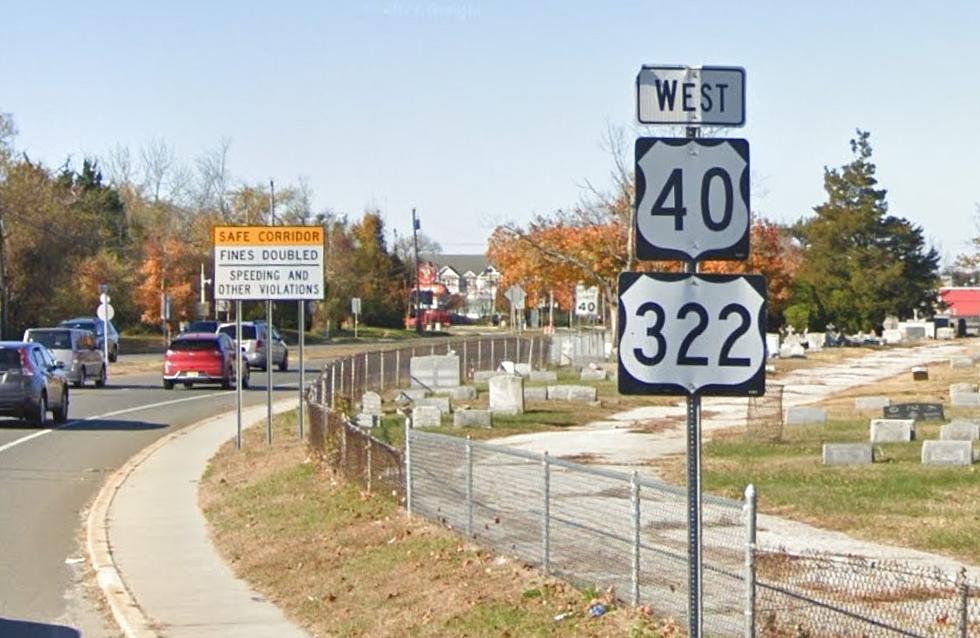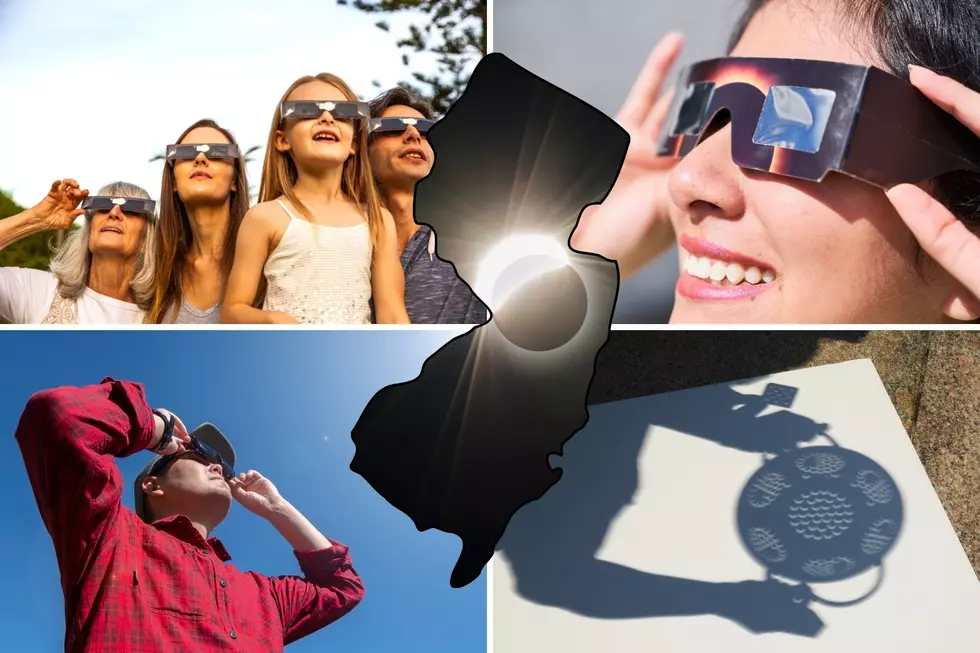
What Distracts NJ While Driving? A Lot
If you are not paying attention while you are driving, someone may be watching you.
A first-of-its-kind study from Rowan University is providing a unique look at driver distractions.
Led by associate professor Dr. Mohammad Jalayer at the Henry M. Rowan College of Engineering, students drove more than 14,500 miles of New Jersey's most dangerous roads watching drivers and logging distractions.
As many as a quarter of all drivers observed were doing something other than paying attention to the road.

"Sometimes when people know they are getting tracked or monitored, they are cautious and they don't get distracted,” said Ahmed Sajid Hasan, a Rowan civil engineering doctoral student who co-authored the study. “In this data collection approach, you are getting exactly what is happening on the road.”
What they found was a myriad of distractions that kept drivers' attention away from the road, even when traveling at high speeds.
The most common distractions: cell phone, fidgeting, personal grooming, eating or drinking, talking to a passenger, reaching for the radio or another object in the car, receiving a call, or being drowsy.
For this initial research, they focused on 10 highways that reported the highest number of crashes: US 1, US 9, US 130, I-80, US 22, the Garden State Parkway, I-295, I-95, NJ 18 and NJ 55.
Their conclusions have already been forwarded to New Jersey highway traffic safety officials.
Among the conclusions:
- An increase in speed limit significantly increased distractions
- An increase in the number of lanes on a road significantly decreased the distraction events
- An increase in median width significantly decreased distractions
- An increase in shoulder width significantly increased distractions.
With 25% of all fatal crashes blamed on distracted driving in New Jersey, the research could help the Department of Transportation create a safer driving environment.
The next phase of research, now in progress, will increase data collection to include more New Jersey roads during different seasons.
The National Highway Traffic Safety Administration is providing funding for the ongoing study.
These are the best hiking spots in New Jersey
Every NJ city and town's municipal tax bill, ranked
More From WPG Talk Radio 95.5 FM










